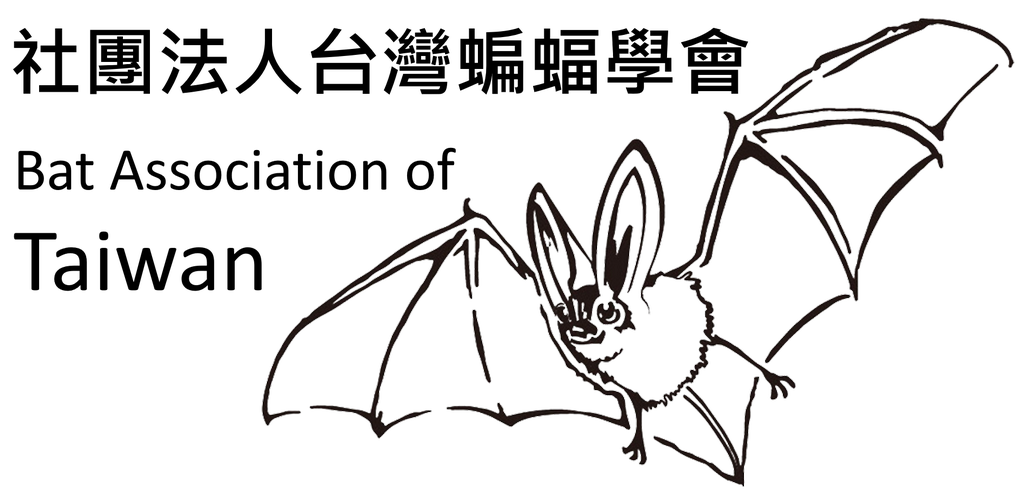蝙蝠研究
2020_瀕危台灣狐蝠與其相鄰亞種折居氏狐蝠之保育遺傳學研究_林恭平
出版年份:2020
研究生:林恭平
分類:碩士論文
題目:瀕危台灣狐蝠與其相鄰亞種折居氏狐蝠之保育遺傳學研究
Title:Conservation genetics of the endangered Formosan flying fox (Pteropus dasymallus formosus) in Taiwan and the Orii’s flying fox (P. d. inopinatus) on Okinawa island
摘要:
狐蝠屬 (Pteropus) 在許多島嶼生態系中為關鍵的基石物種 (keystone species)。它們原本就相當稀少的族群數量及其緩慢的繁殖周期使其更容易受到族群量下滑的威脅。台灣狐蝠 (Pteropus dasymallus formosus) 是琉球狐蝠的五個亞種之一。這種蝙蝠在上世紀70年代時曾因為過量獵捕及棲地破壞等人為因素導致族群大量下滑,如今被列為國家極度瀕危的陸域哺乳類物種之一。本篇研究利用ddRADSeq (double digest Restriction-site Associated DNA Sequencing) 對台灣狐蝠及其位於沖繩本島的相近亞種折居氏狐蝠 (P. d. inopinatus) 進行保育遺傳學分析。我們發現台灣狐蝠及折居氏狐蝠中存在高程度的遺傳結構 (genetic structure) 。此外,儘管兩個族群的有效族群數 (effective population size) 相差甚多,它們卻都具有相似的低基因多樣性 (genetic diversity) 。我們進一步透過 f-SFS (folded site frequency spectrum) 來推估兩者的族群量變動史 (demographic history) ,並發現台灣狐蝠與折居氏狐蝠有著迥異的族群軌跡—台灣狐蝠的族群量在最近幾代內大幅下滑 (大約10倍) ,而折居氏狐蝠則有族群擴張的現象 (大約4.5倍) 。本篇研究的結果指出台灣狐蝠與折居氏狐蝠在保育上應分別為其制定專屬的策略—台灣狐蝠稀少的族群量急需復育,而折居氏狐蝠雖然擁有相對龐大的族群量,卻具有極低的基因多樣性,需要考量為其進行長期的族群監測。
Abstract:
Insular flying foxes are keystone species in island ecosystems due to their critical roles in plant pollination and seed dispersal. These species are vulnerable to population decline because of their small populations and low reproductive rates. The Formosan flying fox (Pteropus dasymallus formosus) is one of the five subspecies of the Ryukyu flying fox. P. d. formosus has been suffered from a severe decline caused by human activities and is currently recognized as a critically endangered population in Taiwan. Here, we applied a genomic approach called double digest restriction-site associated DNA sequencing (ddRADSeq) to study the population genetics of P. d. formosus and its closely related subspecies – the Orii’s flying fox (P. d. inopinatus), a relatively stable population inhabiting Okinawa Island. We detected distinct genetic structure between the two populations. Despite their contrasting population sizes, both populations harbor very low degrees of genetic diversity. We further inferred their demographic history based on the joint folded site frequency spectrum (f-SFS) and revealed that both P. d. formosus and P. d. inopinatus had maintained small population sizes for a long period of time after their divergence. Recently, these populations experienced distinct trajectories of demographic changes. While P. d. formosus suffered from a drastic ~10-fold population decline not long ago, P. d. inopinatus underwent a ~4.5-fold population expansion. Our results suggest separate conservation managements for the two populations – population recovery is urgently needed for P. d. formosus while long-term monitoring for adverse genetic effects should be considered for P. d. inopinatus.
